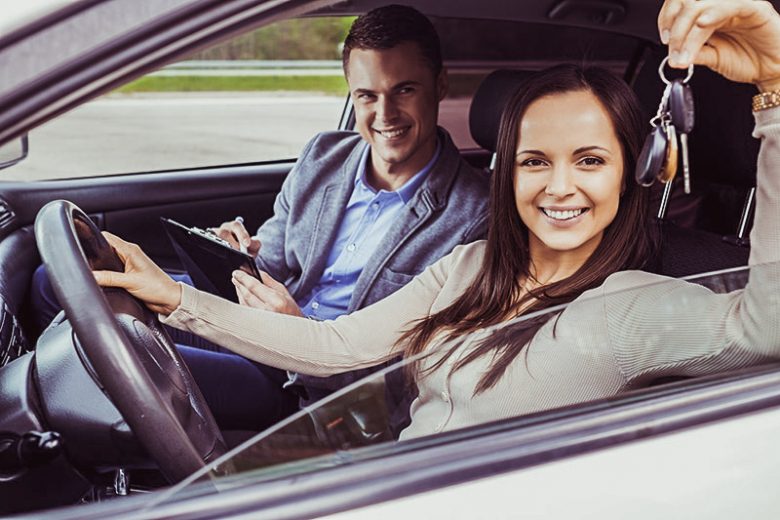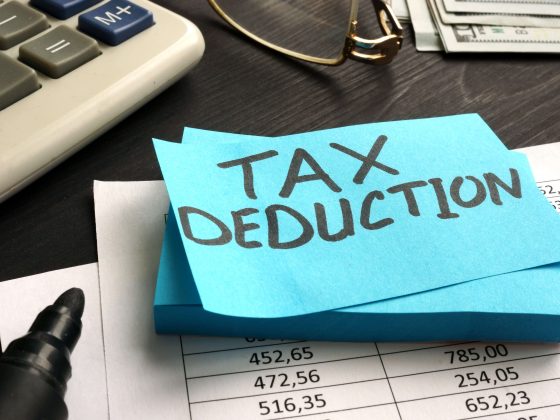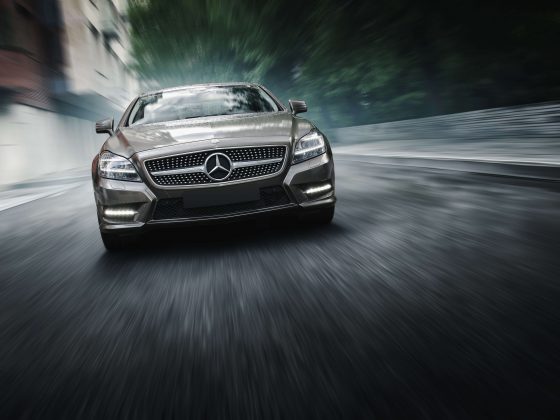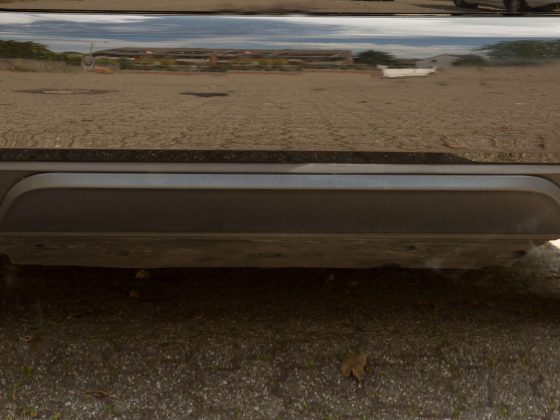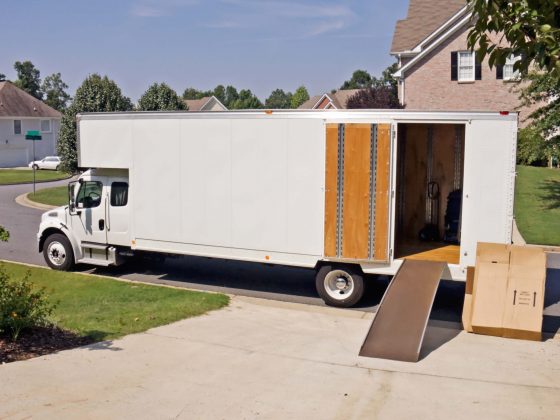A driver’s license is a vital document in the United States. It is a small document that makes your life easier, especially when you need to visit other places or areas far from home.
Use eTags© to Quickly Complete Your DMV Service. Renewals, Title Transfers and More, All Online!
If you are planning to get a driver’s license anytime soon, you must first pass the written and road test.
These tests require drivers to be informed and demonstrate practical knowledge of the pivotal norms of traffic.
Yet, you may wonder how other people get a license without a vehicle. Perhaps you don’t own a vehicle and feel insecure about applying for a driver’s license in your local state.
Fear not! Here is a practical guide on how to learn to drive without owning a car.
Obtain your learner’s permit
Most states require candidates to apply for a learner’s permit prior to obtaining a driver’s license.
You will have to visit your nearest DMV agency and take a written/knowledge test. To be prepared for the test, you need to go through the driver’s handbook and practice prep tests, either online or by accessing printed tests.
Other requirements also include vision or hearing tests. These tests will determine whether or not you are able to operate a vehicle safely.
Get a driving instructor
Once you obtain a learner’s permit, it is time to practice. You are strongly advised to get a driving instructor if you have little to zero experience driving a vehicle.
You may ask a relative or a close friend to teach you but driving instructors are the best choice.
Unlike other people, driving instructors are fully-trained to teach defensive driving techniques that other regular motorists ignore to say the least.
Practice makes perfect. Yet you ought to ask as many questions as possible in order to cover areas that you need to improve before the road test.
In addition, you may also be required to take specific driving courses depending on your age. Contact your local DMV for more information about driver’s license applications.
Practice with a friend or relative
While driving courses offer the amount of practice you need to take to pass the road test, it is in your best interest to have a licensed friend or relative to keep practicing.
The more you practice with someone you trust, the easier for you to adapt to different driving situations in which many candidates fail.
Visit areas with lower traffic such as empty parking lots, parks, or even around your house. However, you must be accompanied by a licensed passenger who understands the risks of lending you their vehicle.
Note that the law in regards to learner’s permit varies from state to state. Not to mention that a permit comes along with certain restrictions that you must follow to avoid getting in trouble with local authorities.
Take the road test
The road test typically consists on driving a vehicle accompanied by an examiner who is going to grade your performance.
In some states, you will be required to get a car from a friend or driving school, but you will need to confirm that with your local DMV agency.
Take the weather into consideration, as you don’t want to take the practical test if it’s been raining or snowing considerably.
During the test, display confidence and follow the instructions as indicated. Examiners are meticulously looking for any reason to believe you are not ready to hold a driver’s license.
If you manage to perform according to the standards, you will receive a passing score, which means that you are prepared enough to drive a vehicle safely.
Yet, some candidates fail on the first try, and that’s common between young driver. But, again, practice makes perfect.
Regardless of your score, you should ask for feedback and find ways to improve those areas in which you need more practice.
What if you passed the road test?
If you passed the road test, then you should celebrate because you earned the right to drive a vehicle without supervision.
Of course, if you are teen driver, you may have some restrictions depending on the type of license that you are applying for.
Holding a driver’s license means that you are not only authorized to drive a vehicle, but also committed to follow the mandatory norms of traffic.
SEE ALSO: Here Are 5 Super Easy Ways To Avoid Distracted Driving
